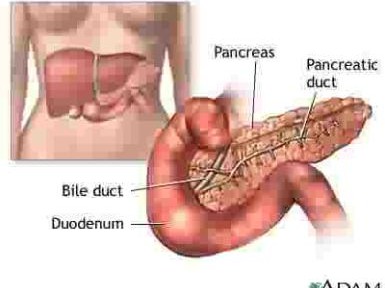What is Diabetes: the Balance of Glucose and Insulin?
/Diabetes is a disorder that affects the way your body uses food for energy. Normally, the sugar you take in is digested and broken down to a simple sugar, known as glucose. The glucose then circulates in your blood where it waits to enter cells to be used as fuel. Insulin, a hormone produced by the pancreas, helps move the glucose into cells. A healthy pancreas adjusts the amount of insulin based on the level of glucose. In diabetics, the process doesn’t work properly, and blood sugar levels become too high.
There are 3 Types of Diabetes
Type 1 Diabetics cannot produce insulin on their own. This usually shows up by the age 30, but still can happen at any time. Glucose doesn’t move into the cells so their glucose levels rise too high. Type 1 is full-blown diabetes. Type 1 can be caused by a genetic disorder. The origins are not fully understood, and there are several theories. But all of the possible causes still have the same end result: The pancreas produces very little or no insulin anymore. Frequent insulin injections are needed for Type 1.
Type 2 Diabetics can produce insulin on their own, but their cells don’t respond to it. In this case also, glucose can’t move into the cells and again blood glucose levels can become high. Serious complications can occur when you leave your glucose levels high for a long period of time. Type 2 is also considered full-blown diabetes. A person with Type 2 diabetes has adequate insulin, but the cells have become resistant to it. Type 2 usually occur in adults over 35 years old, but can affect anyone, including children. The National Institutes of Health state that 95 percent of all diabetes cases are Type 2. Why? It’s a lifestyle disease, triggered by obesity, a lack of exercise, increased age and to some degree, genetic predisposition.
Pre-Diabetics have cells in their body that are becoming resistant to insulin or their pancreas is not producing as much insulin as needed. Their blood glucose levels are higher than normal, but not high enough to be considered full-blown diabetes. The diagnosis of pre-diabetes is a warning sign that diabetes can possibly develop later. Stress has also contributed to sugar level spikes. Read a good book, go on vacation, or simply spend time relaxing. To avoid escalating to Type 2 diabetes make sure you lose weight: make changes in your diet and get regular exercise.
Please use this link for more information on Diabetes, cause, effects, and prevention.
Oliver Clark’s guide to fluoxetine and alcohol. This guide explains some of the potential drawbacks of taking the anti-depressant fluoxetine with alcohol.
https://savellie.com/products/bag-27


 Follow
Follow
 Info@jomaine.com
Info@jomaine.com